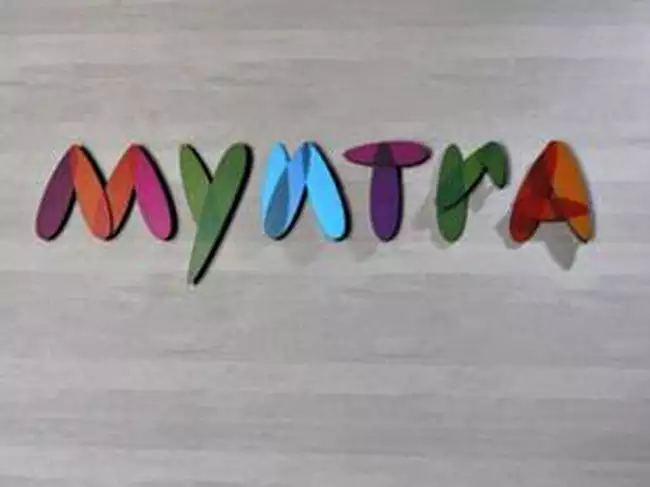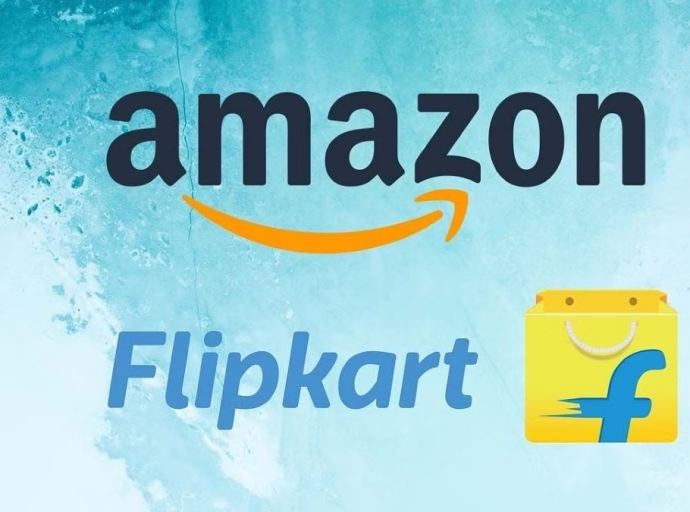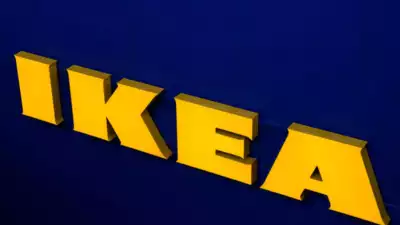Leading footwear brand, Sparx aims to reshape the Indian retail landscape by launching its first-ever experience store in Vegas Mall, Dwarka. This innovative venture positions Sparx as a brand catering to diverse consumer preferences while venturing into the premium segment.
Ramesh Kumar Dua, Managing Director, Relaxo Footwears, says, the store will serve as a platform to offer unparalleled convenience and choice. It will help Relaxo drive a positive change in the industry, he adds.
Emphashing on Sparx’s foray into premiumization, Gaurav Dua, Executive Director of Relaxo Footwears, adds, the experience store will showcase the finest Sparx products under one roof, providing an interactive experience for the youth to connect with the brand.
By expanding its product portfolio and elevating the retail experience, Sparx aims to solidify its brand presence and cater to the evolving preferences of discerning consumers.





































